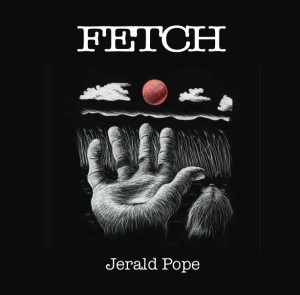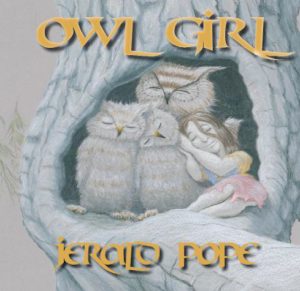I’m in to making wordless books for aesthetic reasons; pretty pictures and a narrative that reverses the ancient formula of words creating pictures in your head (which I love slightly more than breath). These books give you the image and your mind supplies the words. Cool!
But there are secret, underground, deep-state uses for wordless books that make sense when you think about them. Mainly, to help folks who have trouble reading, or reading English, or reading any other language.
Studies show that pre-literate kids’ vocabularies increase substantially when “reading” to parent/teacher/ grandparent/friend. They know words that they can’t yet decipher on the page. This also works with ELL (English Language Learners, i.e., adults).
Similarly, people of all ages who are trying to navigate a foreign language find ways around and through their new vocabularies. This includes tenses, gender, number, all those pesky grammarish details.
And finally, people with mental disabilities can use wordless books as user-friendly tools to work towards, or back to, a more mainstream functionality. Planted in the land of non-verbal cognition, they grow words. (Though it does have a FEW words, Shaun Tan’s The Red Tree is one of my favorite examples addressing depression in children)
No one is claiming wordless books are magic lamps to eloquence. But in addition to the unique, non-verbal pleasure they bring in our verbose, texty world, they are stalwart –if subtle– allies to words themselves.
Here‘s a few more great wordless books for children. And may I humbly suggest my own Fetch and Owl Girl for your consideration? They speak, I believe, to all ages.

